How to Execute Forest Ecosystem Restoration Effectively
- August 8, 2024
- 0 comment
Forest ecosystems are the lifeblood of our planet, providing essential services such as biodiversity, climate regulation, and resources for human communities. Yet, these vibrant ecosystems are under siege from deforestation, climate change, and human encroachment.
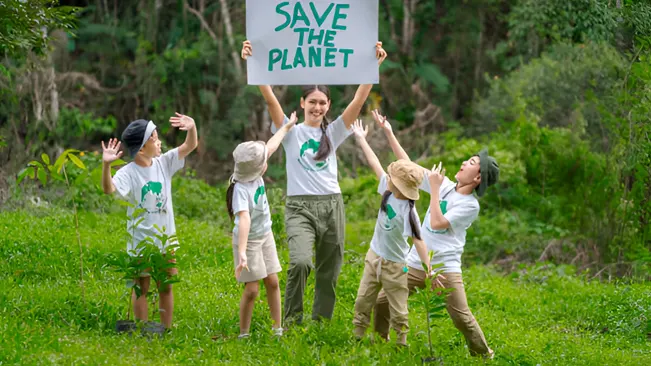
Restoring our forests is not just an environmental necessity; it is a crucial step towards ensuring a sustainable future for all life on Earth. By breathing new life into degraded forests, we can improve air and water quality, enhance wildlife habitats, and boost carbon sequestration, paving the way for a healthier planet.
Effective Execution of Forest Ecosystem Restoration
1. Initial Assessment and Planning
Before we can begin the Process of forest restoration, we must first understand the landscape’s current condition. This involves a deep dive into the forest’s health, identifying areas that need healing, and understanding the root causes of degradation.
Tools like GIS mapping and remote sensing offer a bird’s-eye view of the forest, revealing the intricate tapestry of vegetation, soil health, and water systems that sustain life.
Environmental Assessments and Site Identification
The first step in this Process is a comprehensive environmental assessment. This process uncovers the forest’s hidden secrets, from soil composition to water resources, plant species, and wildlife populations.
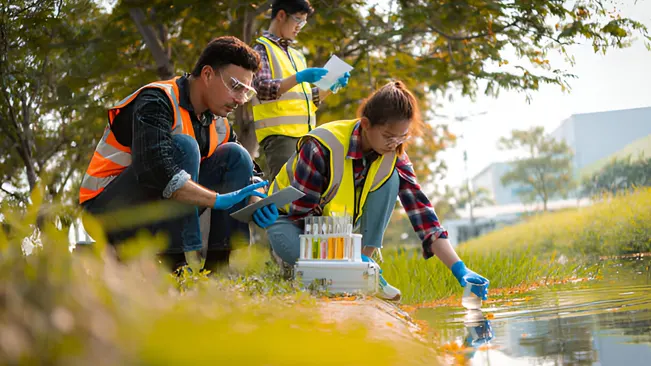
By pinpointing areas that need the most attention, we can focus our efforts where they will have the greatest impact, developing targeted strategies to address the unique challenges of each site.
Setting SMART Goals
Clear, achievable goals are the compass that guides our restoration efforts. These goals should be Specific, Measurable, Achievable, Relevant, and Time-bound (SMART). Imagine setting a goal to restore 100 hectares of forest within five years by boosting native plant cover by 50%.
Such goals provide a roadmap for planning and tracking progress, ensuring our efforts are both focused and effective.
2. Selecting and Implementing Restoration Methods
With a solid plan in place, we can move on to selecting the best restoration methods. The choice between natural and assisted regeneration, soil restoration, and reintroducing native species depends on the specific needs of the site and the overarching goals of the project.
Natural vs. Assisted Regeneration
In some areas, nature can heal itself given the right conditions.
Natural regeneration leverages the forest’s own resilience, allowing it to recover without human intervention.
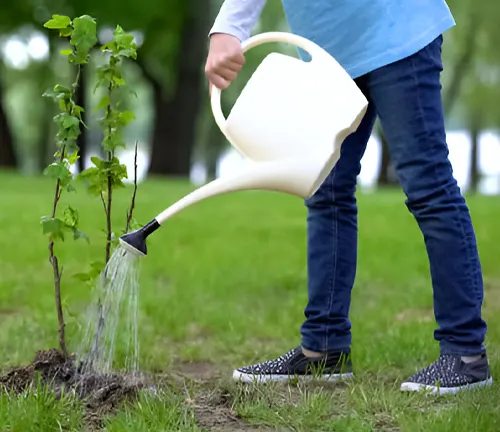
However, in severely degraded areas, we must lend a helping hand. Assisted regeneration involves active measures such as planting native species, controlling invasive plants, and enriching the soil with nutrients.
Soil Restoration and Native Species Reintroduction
Healthy soil is the bedrock of a thriving forest.
By adding organic matter like compost or mulch, we can enhance soil structure and nutrient content. Erosion control measures, such as building terraces or planting cover crops, help stabilize the soil.
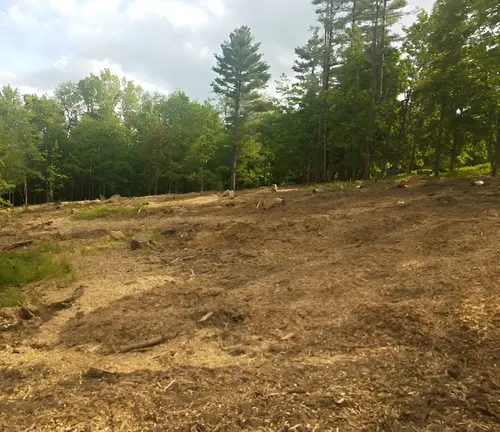
Reintroducing native plant species restores biodiversity and ecosystem function, with species chosen for their adaptability to local conditions to ensure successful establishment and growth.
3. Engaging Communities and Stakeholders
The heart of any successful restoration project lies in the involvement of local communities and stakeholders. Their participation not only enriches the project but also ensures its long-term sustainability.
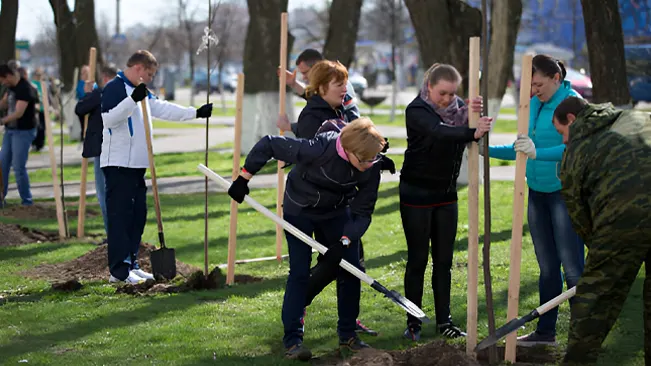
Community Involvement
When communities take part in restoration efforts, they develop a sense of ownership and responsibility. Activities like tree planting, wildlife monitoring, and maintaining restored areas become community endeavors.
Educational programs and workshops raise awareness about the importance of forest restoration and provide training on sustainable land management practices.
Building Partnerships
Collaboration with government agencies, non-governmental organizations, and private sector partners is crucial for securing resources and support. Partnerships facilitate the exchange of knowledge and best practices.
For instance, academic institutions can offer research and expertise, while businesses can provide financial support and technical assistance.
4. Monitoring and Adaptive Management
Continuous monitoring and adaptive management are vital for assessing the effectiveness of restoration efforts and making necessary adjustments. This ensures that the project stays on track and can adapt to changing conditions.

Establishing Monitoring Protocols
Developing robust monitoring protocols involves selecting indicators of success, such as plant survival rates, species diversity, and soil health. Regular data collection allows us to track progress and identify emerging issues.
Technologies like remote sensing and wildlife cameras enhance the accuracy and efficiency of monitoring efforts.
Using Data for Continuous Improvement
Analyzing collected data helps assess the effectiveness of restoration strategies and pinpoint areas for improvement. Adaptive management uses this information to make informed decisions and adjust practices as needed.
This might involve altering planting techniques, introducing additional species, or implementing new erosion control measures. By continuously refining restoration efforts, we can achieve better outcomes and enhance ecosystem resilience.
5. Leveraging Technology and Innovation
Technology and innovation are transforming forest ecosystem restoration, providing powerful tools and techniques to enhance our efforts. By harnessing the latest advancements, we can improve the accuracy, efficiency, and impact of restoration projects.
Utilizing Advanced Monitoring Tools
These tools enable the precise mapping of vegetation cover, soil moisture levels, and other critical parameters. It helps forest managers to quickly identify areas that need attention and to monitor progress over time.
Drones and Satellites
Equipped with advanced sensors to capture high-resolution images and data on forest conditions.
- Precise mapping of vegetation cover, soil moisture levels, and other critical parameters, allowing for a comprehensive understanding of the forest’s health.
- Facilitate real-time monitoring of large areas, ensuring that any changes in forest conditions can be detected and addressed promptly.
Remote Sensing Technology
Allows for real-time monitoring.
- Provides valuable insights into the effectiveness of restoration efforts and the health of the
ecosystem. - Helps forest managers quickly identify areas needing attention and monitor progress over time, ensuring that restoration projects stay on track and adapt to any emerging challenges or changes in the environment.
Implementing Innovative Restoration Techniques
Innovative restoration techniques are essential for enhancing the success of forest ecosystem restoration projects. By utilizing methods such as seed balls, hydroseeding, and bioengineering, we can significantly improve plant growth, soil stability, and overall ecosystem resilience.
Seed Balls
Small, nutrient-rich packets containing seeds that can be dispersed over large areas to promote plant growth.
Hydroseeding
Hydroseeding involves spraying a mixture of seeds, mulch, and water onto the soil. This technique provides immediate erosion control and promotes rapid vegetation establishment.
Bioengineering Techniques
Bioengineering techniques use living plants to stabilize slopes, improve soil stability, and reduce erosion. These innovative approaches significantly increase the efficiency and success rate of restoration efforts.
Conclusion
Executing forest ecosystem restoration projects effectively requires a comprehensive and adaptive approach. By conducting thorough assessments, setting clear goals, selecting appropriate restoration methods, engaging communities, and leveraging technology, forest managers can enhance the success and sustainability of their efforts.
Continuous monitoring and adaptive management ensure that restoration projects remain responsive to changing conditions and emerging challenges. Through collective action and commitment to forest ecosystem restoration, we can safeguard these vital ecosystems for future generations and promote a healthier, more resilient planet.
Frequently Asked Questions (FAQs)
- What is forest ecosystem restoration?
Forest ecosystem restoration involves the process of repairing and revitalizing degraded forest ecosystems to restore their ecological health, biodiversity, and functionality. This includes activities like reforestation, soil restoration, and reintroduction of native species. - Why is forest ecosystem restoration important?
Restoring forest ecosystems is crucial for maintaining biodiversity, mitigating climate change, improving air and water quality, and supporting local communities. Healthy forests provide essential services, such as carbon sequestration, habitat for wildlife, and resources for humans. - What are the main steps involved in forest ecosystem restoration?
The main steps include conducting initial assessments, setting clear goals, selecting appropriate restoration methods, implementing the restoration plan, engaging communities and stakeholders, and continuously monitoring and adapting the management strategies. - How do you assess the current state of a forest for restoration?
Assessment involves collecting data on soil composition, water resources, vegetation cover, and wildlife populations. Tools like GIS mapping and remote sensing provide detailed information about the extent and severity of degradation. - What are some common restoration methods?
Common methods include natural regeneration, assisted regeneration (such as planting native species), soil restoration, erosion control, and removal of invasive species. The choice of methods depends on the specific conditions and goals of the restoration project. - How can local communities be involved in forest restoration?
Communities can participate in activities like planting trees, monitoring wildlife, and maintaining restored areas. Educational programs and workshops can raise awareness and provide training on sustainable land management practices, fostering a sense of ownership and responsibility. - What technologies are used in forest ecosystem restoration?
Technologies like drones, satellites, and remote sensing are used for monitoring forest conditions and assessing restoration progress. Innovative techniques such as seed balls, hydroseeding, and bioengineering are employed to enhance the success of restoration projects. - How is the success of a restoration project measured?
Success is measured using indicators such as plant survival rates, species diversity, soil health, and ecosystem functionality. Regular monitoring and data analysis help track progress and identify areas for improvement. - What challenges might arise during forest ecosystem restoration?
Challenges can include dealing with pests and diseases, securing adequate funding and resources, climate change impacts, and ensuring community and stakeholder engagement. Adaptive management strategies are essential for overcoming these challenges. - How can forest ecosystem restoration contribute to climate change mitigation?
Restoring forests enhances carbon sequestration, as healthy forests absorb and store carbon dioxide from the atmosphere. This helps reduce greenhouse gas concentrations and mitigates climate change impacts, while also improving ecosystem resilience.

Jordan Blake
Forestry AuthorJordan Blake is a forestry expert with over 15 years of experience in arboriculture and community education. Passionate about sustainable forest management, Jordan regularly writes for Forestry.com and Tree Care Magazine. Holding certifications in tree health assessments and urban forestry management, Jordan conducts workshops to educate the public on sustainable practices. Jordan has a degree in Environmental Science and enjoys hiking and photography in their free time.

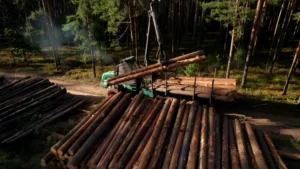
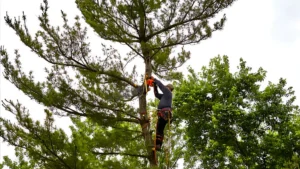
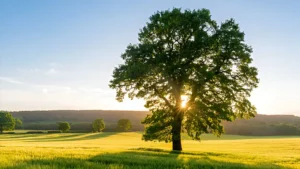


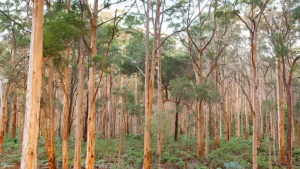
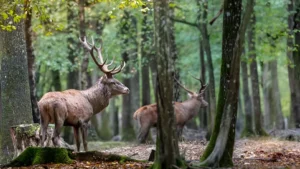
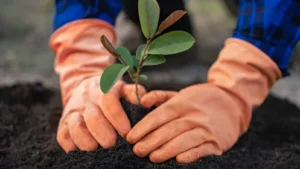
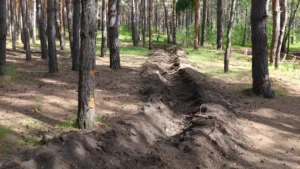
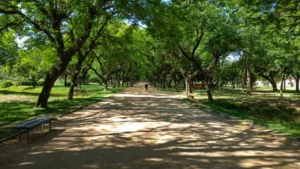
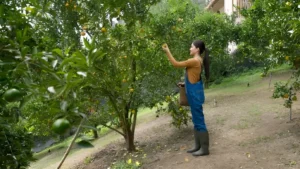
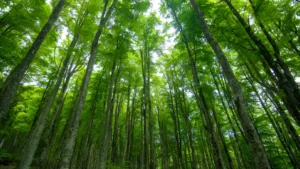
Leave your comment